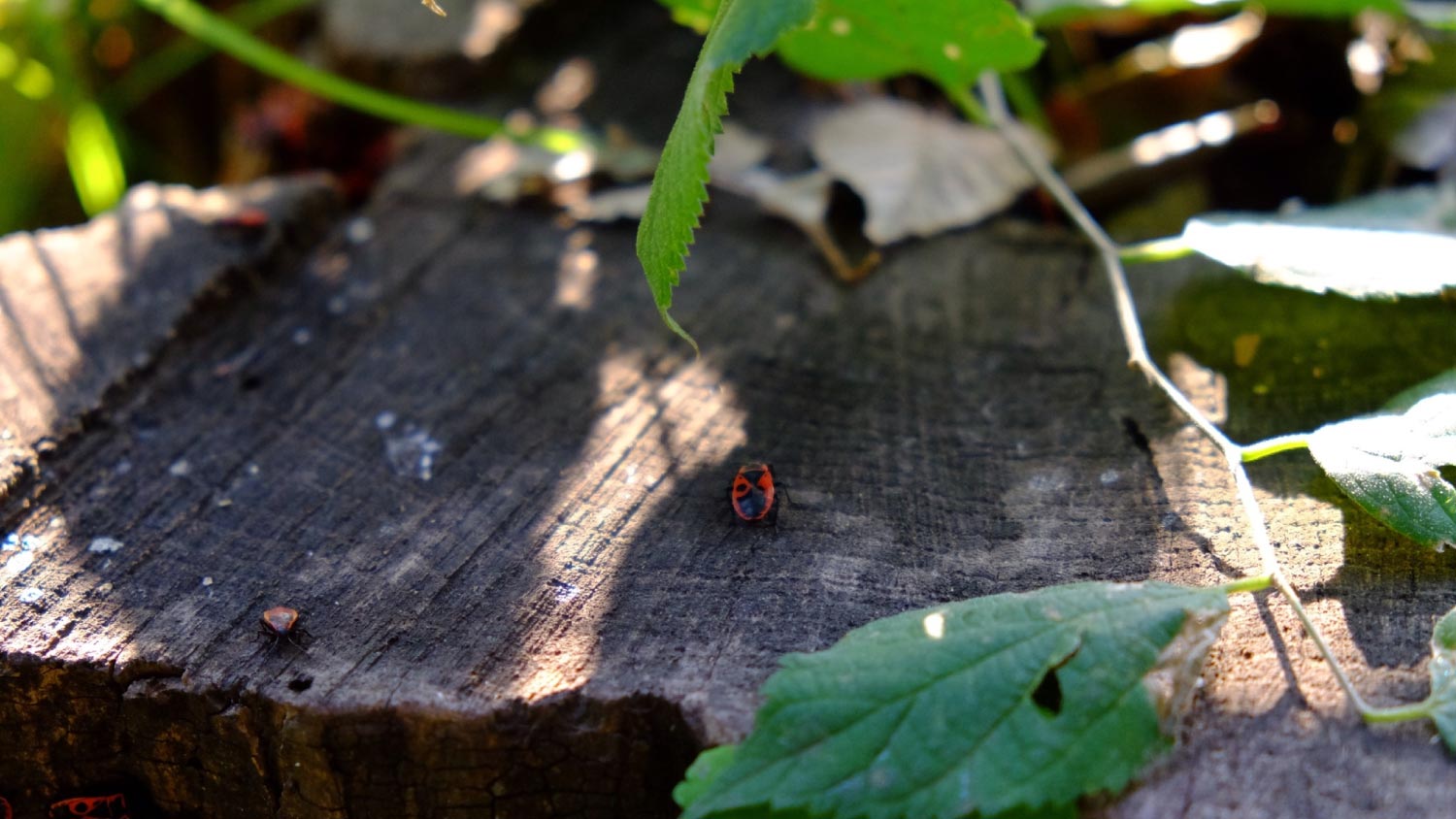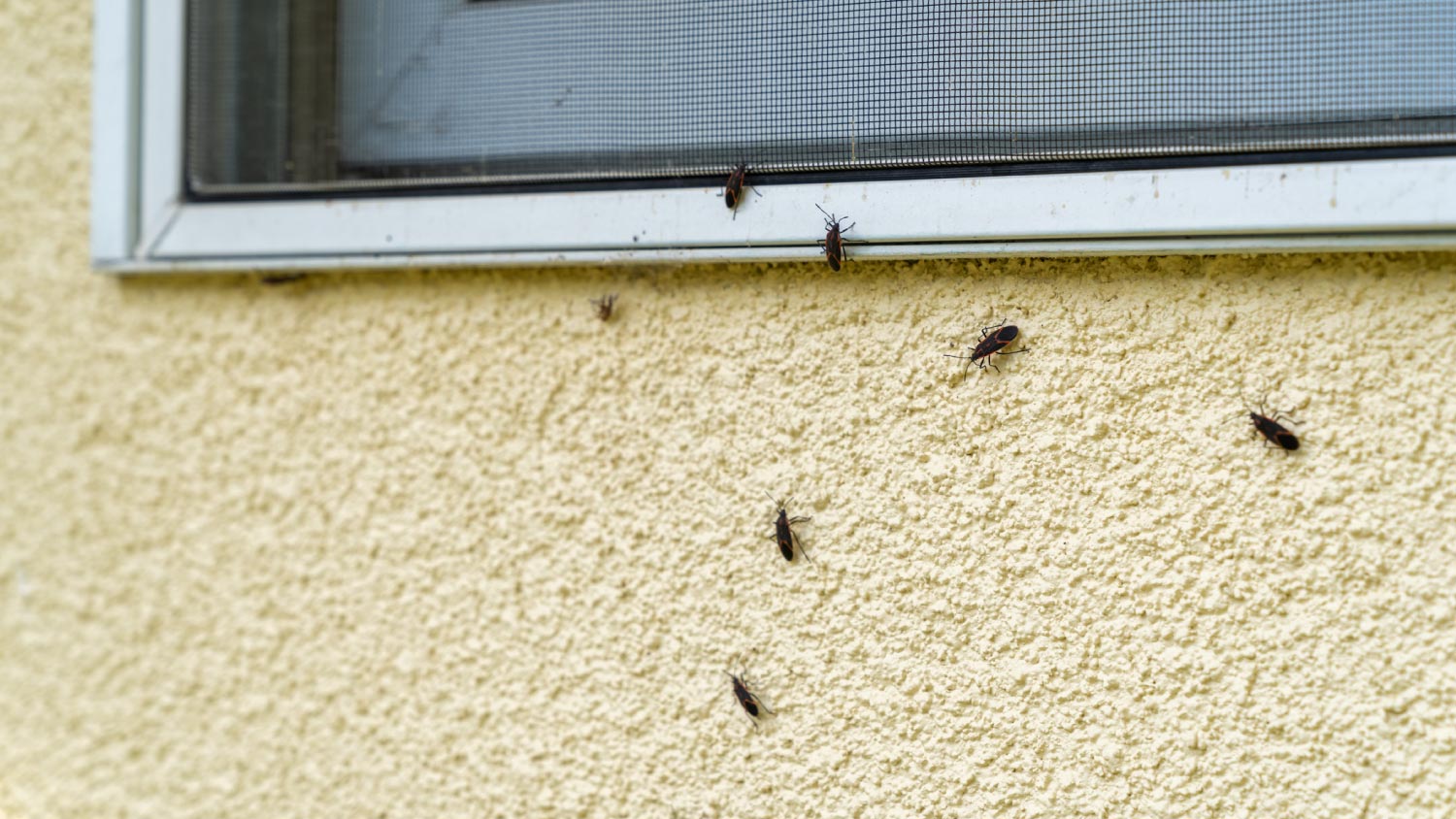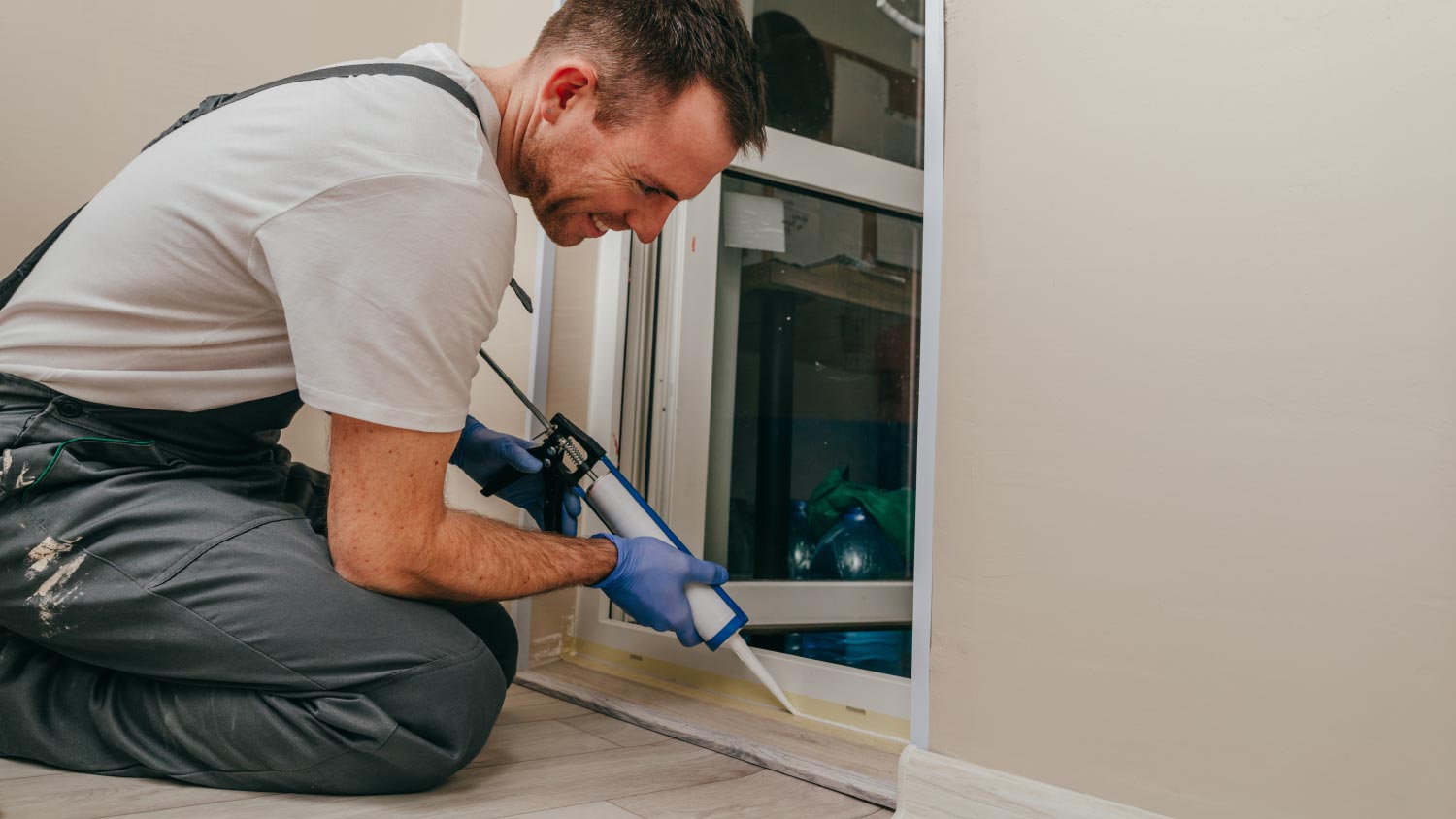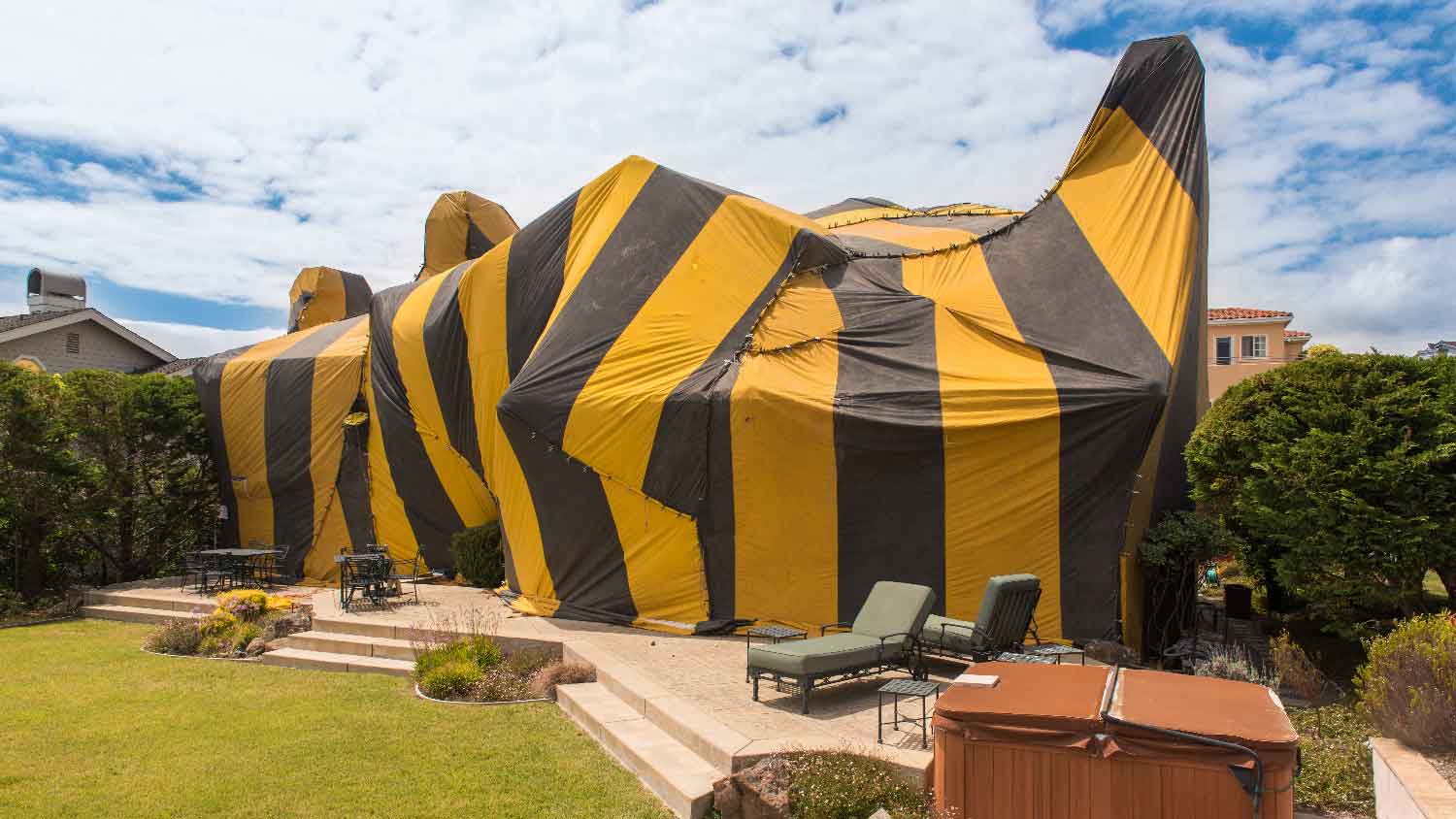
It’s important to know bed bug treatment costs if you have an infestation. Our guide covers different treatment methods and cost factors to eliminate these pests.
Keep boxelder bugs from crawling to your neck of the woods


If you’re in the vicinity of a female boxelder tree, you’ve likely wondered how to get rid of boxelder bugs, its pesky and pungent inhabitants. These black-and-red insects lay eggs, munch on seed pods, and crawl on the trees and surrounding surfaces. While they pose no immediate threat, they can become a serious nuisance, especially since they tend to congregate in large numbers.
What’s worse, once the crisp days of fall arrive, boxelder bugs climb down from the trees and start hunting for places to stay cozy over the winter—and that’s when many homeowners find the bugs crawling around their space. If you see too many of these odorous insects, here’s how you can get rid of the boxelder bugs around your home, inside and out.

A box elder bug infestation doesn’t follow the typical reasons why you have insects in your home. Rather than being indiscriminately lured by food, the insects have a specific taste for the seed pods that female boxelder trees produce. They also sometimes feed on maple and ash trees, as well as fruits such as apples and pears growing nearby. Spying these bugs on your property means one of these types of trees is nearby.
If the bugs make their way into your home, they’re not seeking to feed but to find a warm place to overwinter. If they become regular insects around your house, this means they found a way to sneak in, such as a crack around windows and doors, a torn screen, or a basement or attic vent. To get rid of boxelder bugs for good, you must first eliminate their means of getting in.

Boxelder bugs don’t cause any major damage besides defacing young fruits, but they’re still not beneficial insects for your garden, and they’re definitely not a welcome houseguest. Here’s how you can eliminate the boxelder bugs that are bothering your home.
If you want to know how to get rid of boxelder bugs indoors and keep bugs out of your house in general, sealing your home’s perimeter is a must. A great first step is repairing broken screens or seals around doors and windows and caulking any cracks or gaps. Be sure to check for vulnerable spots around your vents as well, as this is a common weak spot for bugs to enter.
Boxelder bugs produce quite a stench when they’re squashed, not to mention the potential stains from their rust-colored innards. With that in mind, your vacuum is your best tool for getting rid of them indoors. Be sure to immediately dispose of them in a sealed trash bag just in case they survive the suction.
The USDA guidelines for boxelder bugs recommend spraying diluted soap, laundry detergent, or even hot water to kill the insects on contact. Stronger pyrethrin-based insecticides should get treated as a last resort. Even then, the bugs may have developed resistance to these chemicals, so they might not be effective.
Boxelder bugs are not stinging insects, and they rarely bite, but it’s tough to peacefully coexist when they’re crawling around by the hundreds or even by the thousands. To keep them at bay, focus on these preventative measures:
Remove fallen seed pods from female boxelder trees.
Consider removing host trees to eliminate a major boxelder bug problem.
Regularly check for cracks and gaps around your home’s perimeter.

When it comes to using stronger chemicals to get rid of boxelder bugs indoors, a local exterminator will have far better tools and know-how than any DIY methods available. If you’re dealing with many insects inside your home, you may want to consider bringing in a pro to help kick them out.
One thing to remember: If boxelder bugs are among the insects you see in the spring, spraying them won’t lessen the number come fall and winter. Those bugs are simply emerging from their overwintering spot and won’t be participating in further breeding.
It’s also generally not effective to try and spray the bugs outside, and since they’re not harmful, you may decide to just leave them alone. Preventing them from getting inside is key here. Consider bringing in a local handyperson to ensure all doors and windows are sealed.
Other than their offensive stench and the potential stains from their excrement or squashed bodies, boxelder bugs generally aren’t harmful to plants or humans. They do the most damage when they feed on young fruits in the fall.
Boxelder bugs don’t eat human food, wood, or garden plants like other pests. They mainly feed on seed pods from the boxelder tree, though they sometimes go for maple and ash trees and fruits.
From average costs to expert advice, get all the answers you need to get your job done.

It’s important to know bed bug treatment costs if you have an infestation. Our guide covers different treatment methods and cost factors to eliminate these pests.

Tenting is a costly but effective way to exterminate termites. Learn the average termite tenting cost and everything that will factor into your budget.

Your mosquito misting system cost will vary based on factors such as the size, type, brand, and more. Find out what the budget for this system looks like.

Learn how to check for bed bugs in your home, what to do if you find them, and how to prevent them from returning in this handy DIY guide.

From the hooded skunk to the Eastern spotted skunk, learn how to identify common types of skunks you may see in your backyard or digging through your trash.

Cockroaches are annoying, but German cockroaches are on another level. Here’s how to get rid of German cockroaches and when to call in an exterminator.